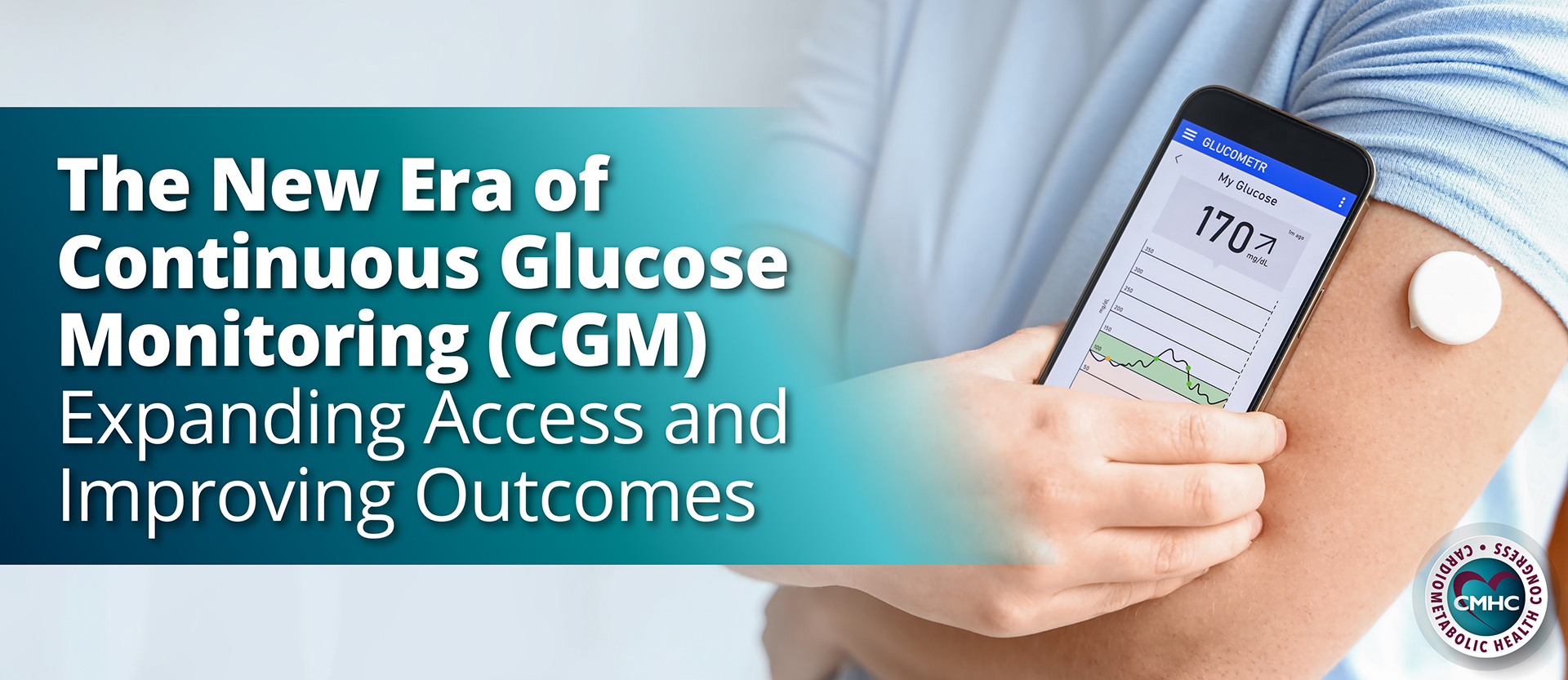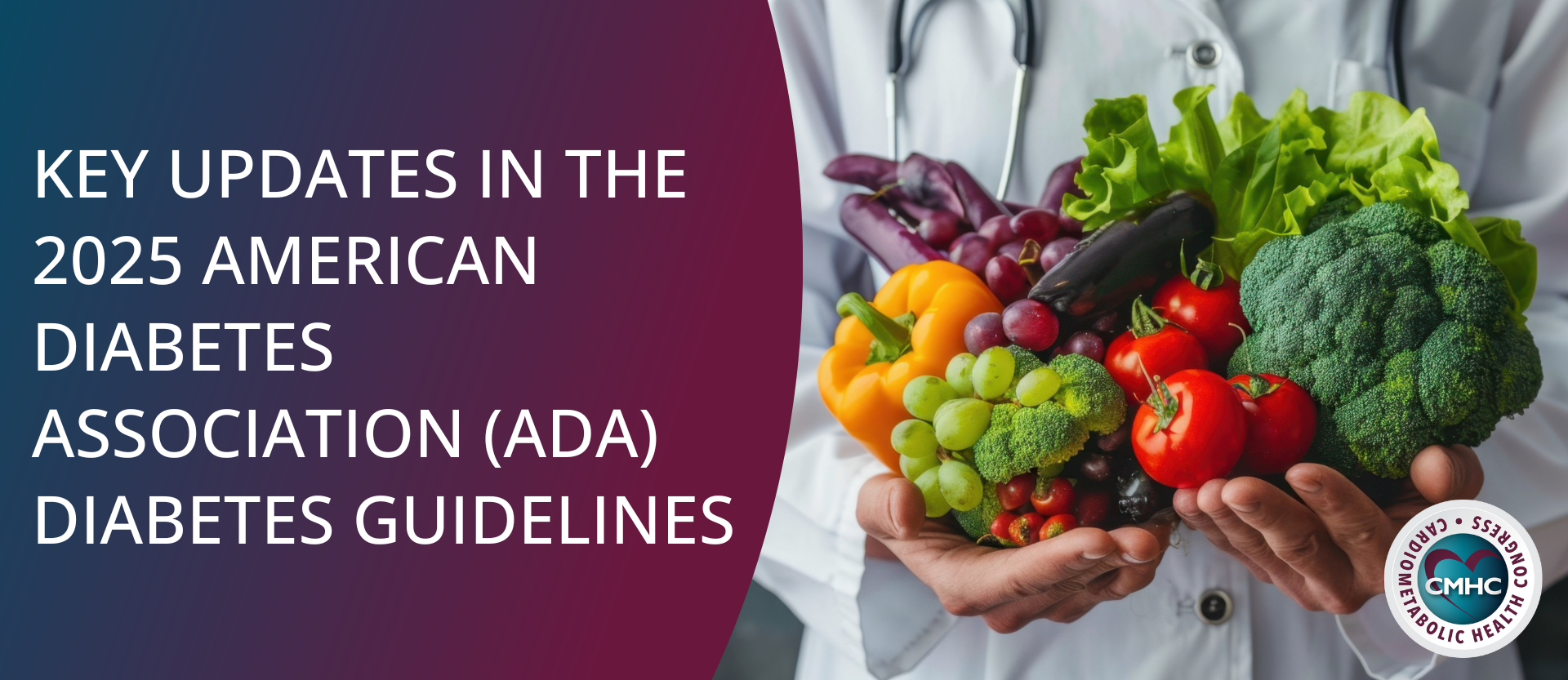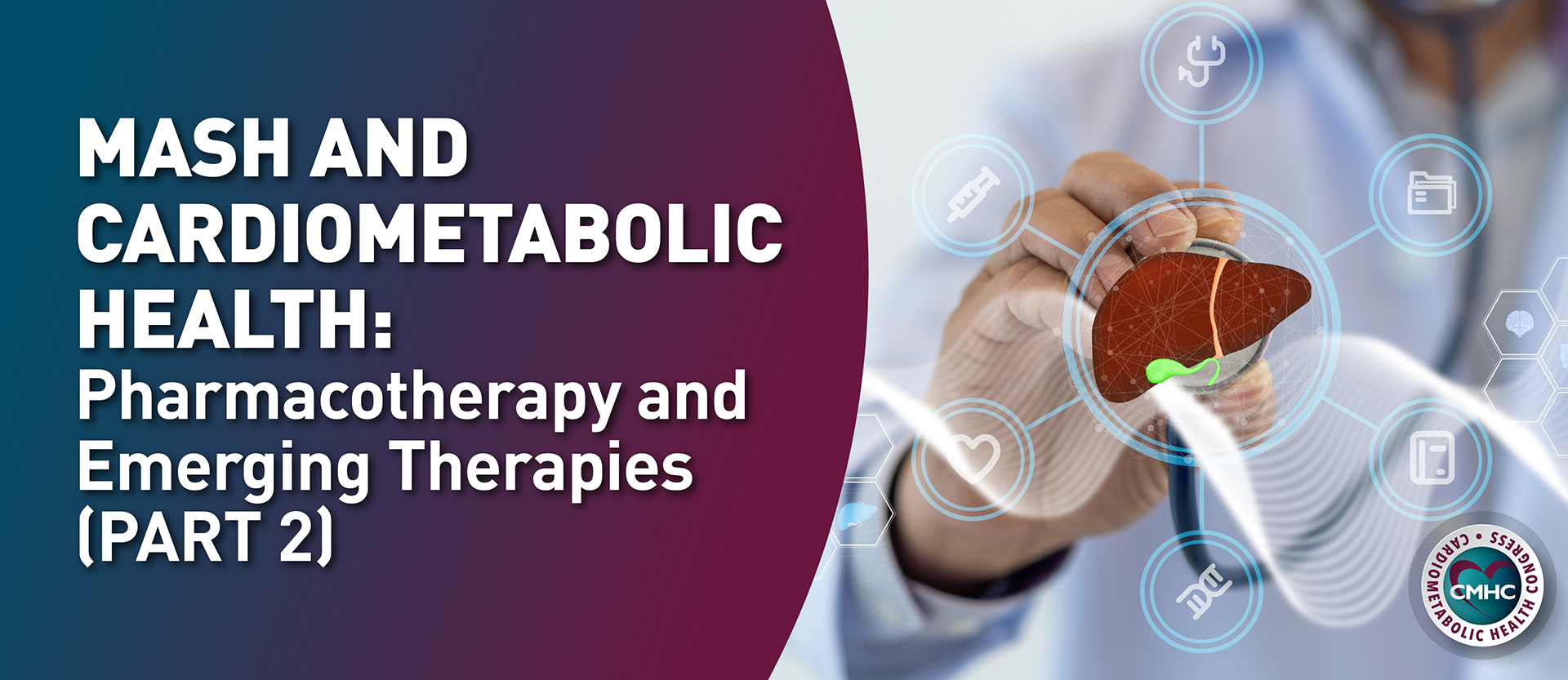In the fast-evolving world of medical technology, continuous glucose monitors (CGMs) are making headlines. Recent over-the-counter (OTC) approvals for CGM systems are transforming diabetes management and lifestyle management for those without diabetes, making this an exciting time for healthcare professionals and their patients.
Explore these advancements, focusing on newly approved OTC CGM systems like Stelo, Lingo, and Libre Rio. Plus, understand the broader implications of these innovations for expanding access and advancing health equity.
Why the OTC Approval of CGMs is a Game Changer
The recent OTC approval of continuous glucose monitors (CGMs) systems is a significant milestone in expanding access to these devices. For years, CGMs have been a crucial tool in managing diabetes for those who benefit from continuous glucose monitoring. With OTC approval, these devices are now more accessible to a broader range of patients, empowering people to understand the impact of diet and potentially improving health outcomes.
For healthcare professionals, this shift implies a need to educate patients on utilizing OTC CGM devices, interpret the generated data, and incorporate this information into safe, healthy lifestyle modifications.
Additionally, providers must be cognizant of differences in accuracy, features, and support services between OTC and prescription-based CGM systems. Consequently, it is vital for every healthcare provider to be well-versed in the latest CGM technology and its benefits.
What is a Continuous Glucose Monitor?
A continuous glucose monitor (CGM) is a wearable device that tracks glucose levels in real time. Unlike traditional glucose meters that require finger-pricking, CGMs use a sensor inserted just under the skin to provide continuous data on glucose levels, measuring interstitial fluid rather than blood glucose. This technology offers several advantages, including monitoring glucose trends and spikes, thereby enabling better diabetes management.
Recent advancements in CGM technology have greatly improved both accuracy and user-friendliness. These enhancements offer benefits beyond diabetes management, including support for women across the lifespan. The latest models feature smartphone connectivity, customizable alerts, and extended sensor life. These improvements make CGMs an invaluable tool for both patients and healthcare providers.
Meet the Newly Approved CGM Systems
Stelo CGM System
On March 5, 2024, the Stelo CGM system became the first FDA-approved OTC CGM designed for individuals aged 18 and older who are not on insulin. It features a sleek design and user-friendly interface, suitable for those new to CGM technology, and allows for the measurement, recording, analysis, and display of glucose health.
Stelo provides real-time glucose monitoring with customizable alerts for high or low glucose levels. The system also syncs with smartphone apps, enabling patients to monitor health data without a prescription. This is useful for patients making lifestyle modifications and improving their health.
Lingo CGM System
Lingo is a CGM system that received OTC approval on June 10, 2024, for consumers 18 years and older who want to enhance their health and wellness. Lingo tracks glucose levels and provides personalized insights and coaching to help individuals develop healthy habits, retrain their metabolism, and improve their overall well-being.
It is recognized for its advanced analytics and integration capabilities, offering comprehensive insights for lifestyle management. The system includes features such as predictive alerts and health insights, crucial for increasing awareness of factors affecting glucose levels and fostering holistic wellness.
Libre Rio CGM System
The Libre Rio CGM system, also FDA approved on June 10, 2024, is renowned for its accuracy and affordability. Libre Rio is the first over-the-counter CGM system with a measurement range of 40-400 mg/dL, allowing for the measurement of extremely low or high glucose events.
For patients, Libre Rio offers a reliable and accessible solution for glucose monitoring. Its affordability, compared to prescription-based CGMs, makes it an excellent choice for a broader range of patients, ensuring that more individuals can benefit from CGM technology. The system’s simplicity also means less training is required, making it easier to integrate into existing care plans.
The Benefits of OTC CGM Systems
Improved Patient Compliance
One of the most significant benefits of OTC continuous glucose monitors (CGMs) systems is improved patient compliance. Patients are more likely to use these devices consistently when they are easier to obtain and use. This leads to better patient engagement and, ultimately, better health outcomes.
Healthcare professionals may start to notice higher patient plan adherence rates among patients using OTC CGMs. This can make a considerable difference in long-term diabetes management and overall well-being, reducing complications and hospitalizations. Improved compliance also means more accurate data for healthcare providers to work with, facilitating better treatment decisions.
Expanded Access to CGM Technology
OTC approval significantly expands access to CGM technology. Previously, the need for a prescription could be a barrier for many patients, especially those without regular access to healthcare services. OTC availability removes this hurdle, making it easier for anyone who wants a CGM device to obtain one.
This expanded access is a game-changer for healthcare professionals. It allows them to recommend CGMs to a broader patient base, including those in underserved communities. The result is a more inclusive approach to diabetes care and lifestyle management, ensuring that more patients can benefit from advanced glucose monitoring.
Enhanced Patient Engagement
The user-friendly nature of the newly approved CGM systems enhances patient engagement. Features like smartphone connectivity, customizable alerts, and actionable analytics make it easier for patients to monitor and manage their glucose levels. This increased engagement can lead to better self-management and overall health.
Healthcare providers can leverage these features to foster a more collaborative relationship with their patients. By recommending tools that patients are comfortable using, providers can encourage proactive management of diabetes and overall health.
Expected Market Expansion
The recent OTC approvals are just the start. The CGM market is poised for rapid growth, with more devices expected to gain approval soon. Future advancements may include continuous ketone measurements integrated with CGMs for better diabetes management. As time-in-range from CGM data becomes more common in clinical practice, it may replace HbA1c measurements for diabetes management. This expansion will offer healthcare professionals and their patients even more options, improving diabetes care.
For healthcare providers, staying informed about the latest developments in CGM technology is crucial. As more systems become available, it will be essential to understand their unique features and benefits. This knowledge will enable providers to recommend the most suitable options for their patients, ensuring optimal care.
Key Insights:
Recent OTC approval of CGM systems like Stelo, Lingo, and Libre Rio marks a significant advancement in access.
Benefits of these devices:
Improved patient compliance
Expanded access
Enhanced patient engagement
Essential for healthcare professionals to understand these advancements for optimal patient care.
Future of continuous glucose monitors (CGMs) technology looks promising with more advanced systems expected.
Subscribe below to stay informed on the latest research and innovations in cardiometabolic care, including developments in CGM technology, ensuring you can seamlessly integrate these advancements into your practice.



















